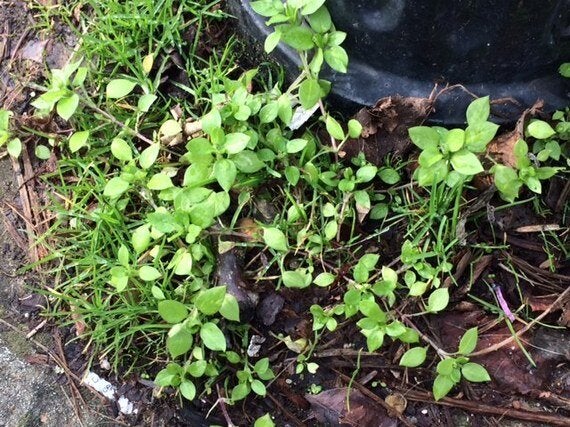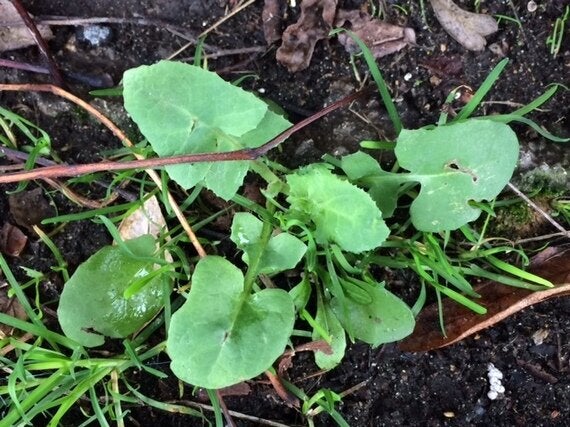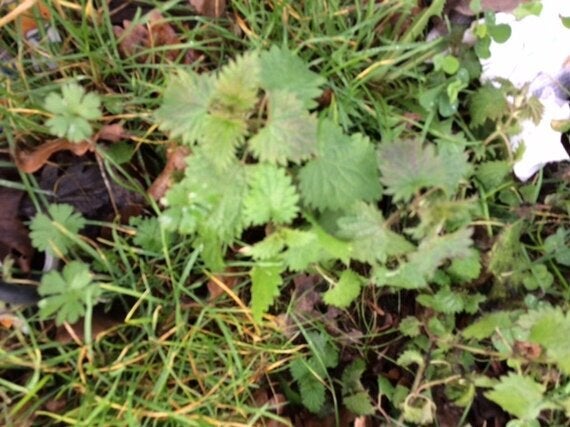Lettuce crisis: what happened? During the winter months of 2017, the UK experienced a shortage of imported vegetables from Continental Europe, particularly Spain and Italy, because of adverse weather in those regions. The solution is simple and economical: go foraging!
The BBC reported that bad weather in Europe affected food production, causing a shortage of fruit and vegetables (most noticeably, lettuce, which is being rationed in supermarkets and can fetch high prices on the black market) in the UK. Between December and March, UK growers can't supply perishable fresh vegetables like salad and tomatoes. They do, however, grow root vegetables like parsnips, beetroot and potatoes, and vegetables from the cabbage family like kale.
As consumers, we are no longer used to the seasonality of products and expect summer fruit and vegetables to be available all year round.
What the media are forgetting to mention, as a way to cope with lettuce rationing, is that a good alternative to shop-bought lettuce (and any other rationed vegetable) is foraging.
Foraging: Coping with Lettuce Crisis
If you are not familiar with foraging and what it involves, here is a short summary: foraging is a useful life skill that anyone can learn where you identify and collect edible wild plants that are safe for human consumption. Foraging involves an amount of research and study to ensure you familiarise yourself with different plant species and identify what can be eaten and what needs to be avoided. The best way to learn is to go on guided walks, taking notes and pictures, and then doing home study with reference books. If in doubt, never pick any plants to avoid any health problems.
Once you become well versed in edible plants and their uses, you can integrate them into your diet.
Lettuce Crisis: Wild Plants Substitutes
Here is a small selection of three wild plants that you can safely substitute for lettuce:
- chickweed
- sow thistle
- nettle
Chickweed

Picture credits: Paola Bassanese
Chickweed (Stellaria Media) is a tasty wild salad with cute little leaves and white flowers. It's really worth trying because it tastes absolutely delicious, a mix between lettuce and beet or chard.
Sow thistle

Picture credits: Paola Bassanese
Sow thistle (Sonchus) is the closest match to lettuce if you eat it raw. You can also cook it and add it to different types of savoury dishes (see my book The Foraging Home Cook for inspiration).
Nettle

Picture credits: Paola Bassanese
Stinging nettle (Urtica Diotica) and dead nettle (Lamium Purpureum) can be cooked and eaten to replace spinach. Stinging nettle requires blanching in hot water for at least one minute. You can potentially eat dead nettle (which doesn't have a sting to it) raw in salad and it has a slight mint flavour, being part of the mint family. However, it is tastier when cooked.
No Lettuce? No Problem!
So, will you give foraging a go? For more information about foraging you can also refer to my book Strictly Walk Slimmer, which contains tips on how to forage and cook wild plants.
This article was first published on my website, Energya